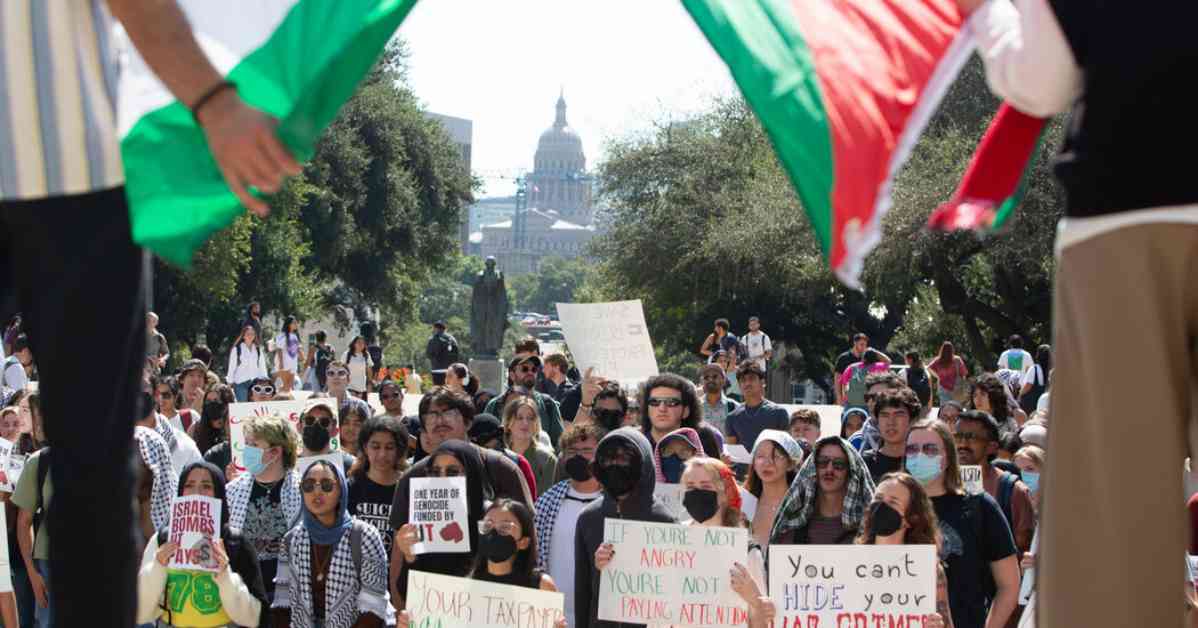Universities across the country have been implementing stricter rules and punishments in response to pro-Palestinian activism on campuses. These efforts appear to be effective, as the number of protest events has significantly decreased this semester compared to the previous one. According to data from the Nonviolent Action Lab at Harvard University’s Ash Center, there have been just under 950 protest events this semester, down from 3,000 last semester. Additionally, the number of arrests at protests on higher education campuses has dropped from over 3,000 last semester to about 50 so far this school year.
Administrators have been enforcing new rules with precision when students protest this fall, a stark contrast to the history of student activism celebrated by universities in the past. For example, Harvard banned numerous students and faculty members from libraries for participating in silent “study-ins” opposing the war in Gaza. Similarly, Indiana University Bloomington referred students and faculty members who attended candlelight vigils for discipline under a new prohibition on expressive activity after 11 p.m. At the University of Pennsylvania, administrators and campus police officers instructed vigil attendees to move because they had not reserved the space in accordance with new regulations.
Police presence has also increased at certain universities, such as Montclair State University in New Jersey, where officers often outnumber participants in a weekly demonstration where protesters hold signs featuring photos of children killed in Gaza with the words “We mourn.”
These responses to pro-Palestinian activism on campuses highlight the evolving landscape of student protests and administrative crackdowns. While universities are aiming to maintain order and discipline, the strict enforcement of rules may raise questions about the freedom of expression and assembly on college campuses. It remains to be seen how these developments will impact the future of student activism and protest movements in higher education institutions across the country.
